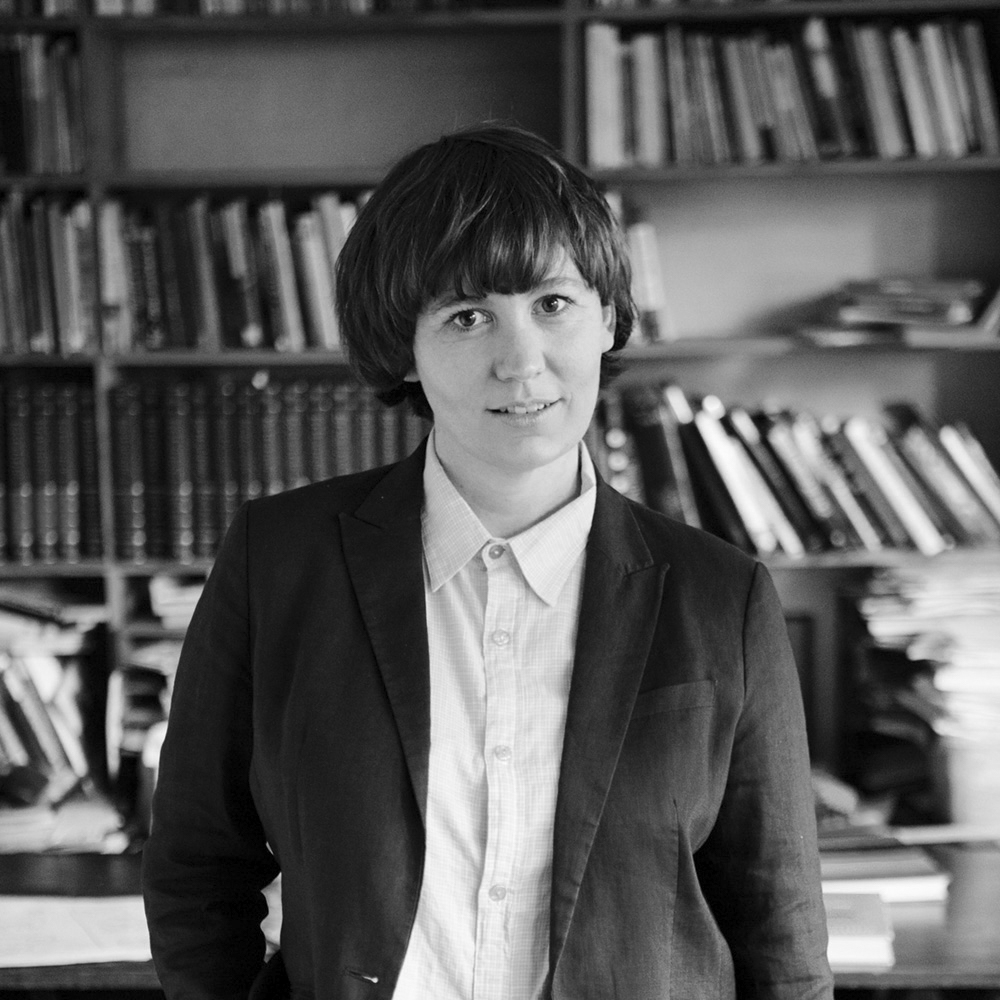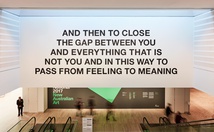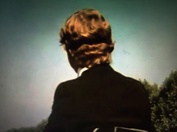Agatha Gothe-Snape
Sydney
2017

Agatha Gothe-Snape
Born 1980, Sydney. Lives and works Sydney
Agatha Gothe-Snape’s wide-ranging practice involves performance, ephemeral materials and subtle alterations to space, often making processes of production transparent to an audience. She considers physical, emotional and historical responses to making and looking at art to investigate and articulate relationships between the individual, the social world and the historical context. Gothe-Snape’s practice strives to offer experiences that have the potential to create new circumstances and new knowledge derived from the site and context of each project. The resulting work takes many forms: prosaic performances (including dance), PowerPoint slide shows, workshops, texts, visual scores and collaboratively produced art objects.
Artist text
‘We finish where modernism began at the foot of the Eiffel Tower and perhaps the etiquette now demands that I should try and prognosticate about what is coming next. Well I won’t because I don’t know. History teaches us one certain thing: that critics when they fish out the crystal ball and start trying to guess what the future will be are almost invariably wrong. I don’t think there’s ever been such a rush towards insignificance in the name of the historical future as we’ve seen in the last 15 years.
‘The famous radicalism of sixties and seventies art turns out to have been a kind of dumb show, a charade of toughness, a way of avoiding feeling. And I don’t think we are ever again obliged to look at a plywood box or a row of bricks on the floor or a videotape of some twit from the University of Central Paranoia sticking pins in himself and think, this is the real thing, this is the necessary art of our time, this needs respect. Because it isn’t and it doesn’t and nobody cares.
‘The fact is that anyone except a child can make such things because children have the kind of direct sensuous and complex relationship with the world around them that modernism in its declining years was trying to deny. That relationship is the lost paradise that art wants to give back to us. Not as children but as adults. It’s also what the old and modern have in common – Pollock with Turner, Matisse with Rubens or Braque with Poussin. And the basic project of art is always to make the world whole and comprehensible, to restore it to us in all its glory and its occasional nastiness, not through argument but through feeling.
‘And then to close the gap between you and everything that is not you and in this way to pass from feeling to meaning. It is not something that committees can do. It is not a task achieved by groups or by movements.
‘It’s done by individuals, each person mediating in some way between a sense of history and an experience of the world. This task is literally endless. And so although we don’t have an avant-garde anymore, we are always going to have art.’
Robert Hughes, transcript (with added punctuation) of the closing address of ‘Episode Eight: The Future That Was’, The Shock of the New (1980).
Statement
Taking as starting point the reluctant prognostication art critic Robert Hughes made at the close of his (shock)umentary in 1980 – the year of the artist’s birth – Agatha Gothe-Snape, through the unfamiliar lens of the video camera and form of the documentary, will explore whether Hughes’ withering forecasts for the future of art still hold much sway. How do we reconcile the art of our time with our predecessor’s creative endeavours, and what tools do artists employ to work trans-historically? Collecting artist interviews and footage throughout the six-year duration of the three iterations of The National: New Australian Art, Gothe-Snape will create a long-form production that provides some interpersonal account of ‘each person mediating, in some way, between a sense of history and an experience of the world’.



